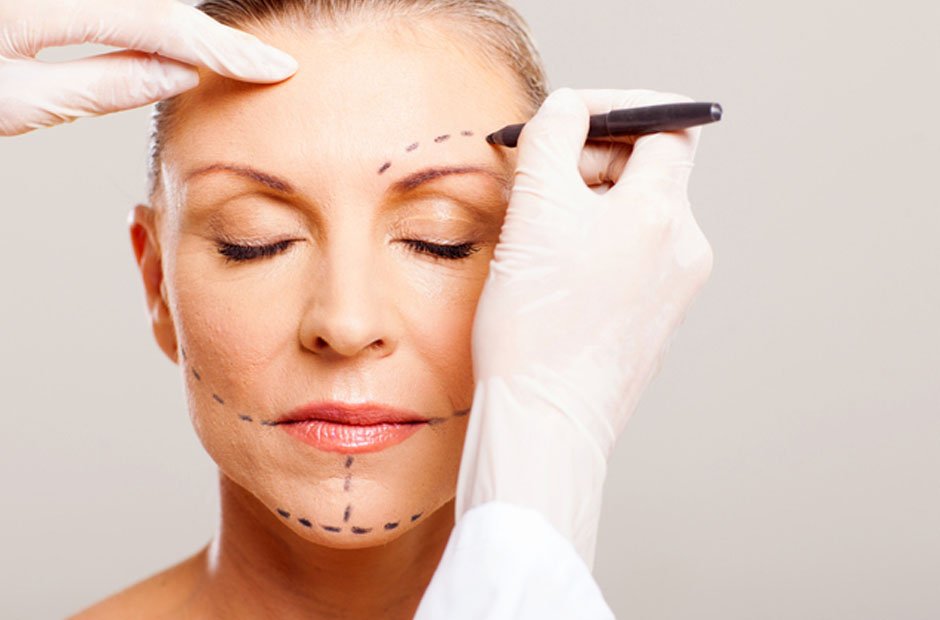The Intersection of Art and Medicine
Aesthetic surgery, an intriguing blend of art and medicine, is a field that extends far beyond the superficial aspects of beauty. It delves into enhancing one’s appearance, improving self-esteem, and in many cases, providing functional benefits. This domain of medicine is not merely about altering how one looks; it’s about reshaping how one feels and interacts with the world.
The Surgeon’s Role in Aesthetic Transformation
Central to this transformation is the role of the surgeon. A skilled plastic surgeon Perth, for instance, exemplifies the combination of meticulous surgical techniques with an artistic eye. These professionals are not just medical experts; they are artists who sculpt and enhance the human body, considering the fine balance between aesthetic appeal and physical wellbeing.
Understanding Aesthetic Surgery
Aesthetic surgery encompasses a wide range of procedures, each tailored to the unique needs and desires of the individual. From facial rejuvenation techniques like facelifts and rhinoplasty to body contouring procedures such as liposuction and breast augmentation, each surgery is as distinct as the person undergoing it.
Technological Advancements in Aesthetic Surgery
The field of aesthetic surgery is ever-evolving, with technological advancements playing a crucial role. The use of cutting-edge tools and innovative techniques has enhanced the precision and safety of procedures, reducing recovery times and improving outcomes. Developments in 3D imaging, laser technology, and minimally invasive techniques are revolutionizing how surgeons approach aesthetic procedures.
Ethical Considerations and Patient-Centric Care
Ethical practice is paramount in aesthetic surgery. Surgeons must carefully assess the motivations and expectations of their patients, ensuring that they are making informed decisions. This involves a thorough consultation process, where the risks, benefits, and potential outcomes of the surgery are discussed transparently.
Customization: Tailoring Procedures to Individual Needs
Aesthetic surgery is highly individualized. Surgeons must consider various factors such as a person’s anatomy, age, skin quality, and overall health. This personalized approach ensures that the results not only enhance the patient’s appearance but also align with their overall wellbeing and lifestyle.
The Psychological Impact of Aesthetic Surgery
The impact of aesthetic surgery extends beyond physical changes. These procedures can lead to significant improvements in self-esteem and quality of life. Surgeons must be sensitive to the psychological aspects of aesthetic surgery, providing support and guidance throughout the patient’s journey.
The Role of Non-Surgical Aesthetic Treatments
In addition to surgical procedures, non-surgical treatments play a significant role in the world of aesthetic medicine. Techniques such as Botox, fillers, and laser treatments offer less invasive options for facial rejuvenation and skin care, broadening the scope of aesthetic enhancements available to patients.
Recovery and Postoperative Care
Recovery is an integral part of the aesthetic surgical journey. Postoperative care is crucial for achieving the desired outcomes and minimizing the risk of complications. Surgeons and their teams provide comprehensive care and guidance during this period, tailoring aftercare to the specific needs of each procedure and patient.
Training and Continuing Education in Aesthetic Surgery
Aesthetic surgeons undergo extensive training and must stay abreast of the latest developments in the field. Continuous education and training ensure that surgeons are up-to-date with the newest techniques and safety protocols, maintaining the highest standards of patient care.
The Future of Aesthetic Surgery
The future of aesthetic surgery looks promising, with ongoing research and innovations. The trend towards more natural-looking results, combined with advances in technology and technique, points to a future where aesthetic surgery is more accessible, efficient, and tailored to the individual needs of patients.
Celebrating the Artistry in Aesthetic Surgery
Aesthetic surgery is a unique blend of art and science, a field where technical skill meets creative vision. It’s about enhancing beauty, not just on the surface, but in ways that can deeply impact a person’s life. As the field continues to evolve, it remains a testament to the potential of modern medicine to not only change appearances but to transform lives.
















